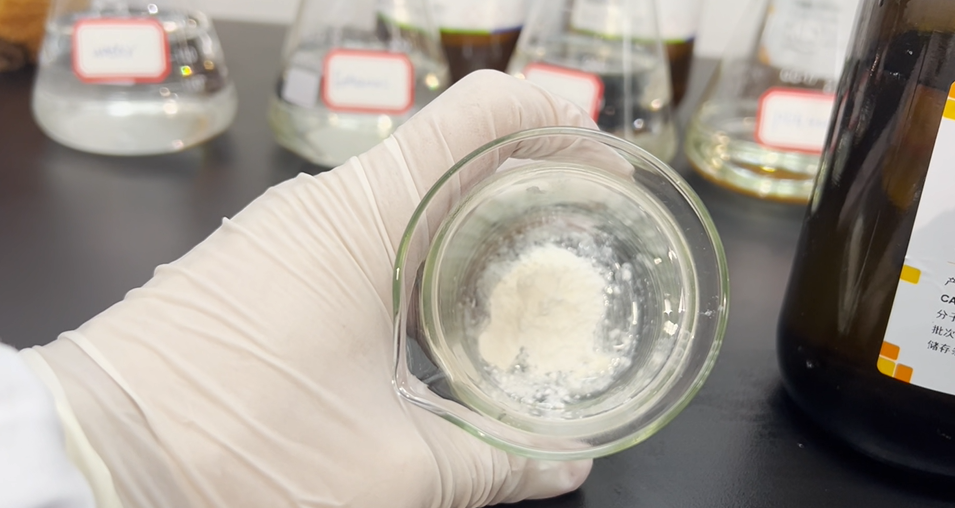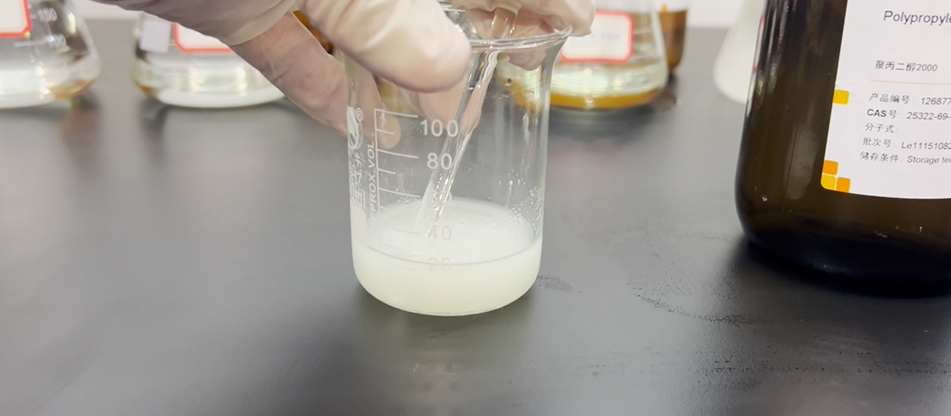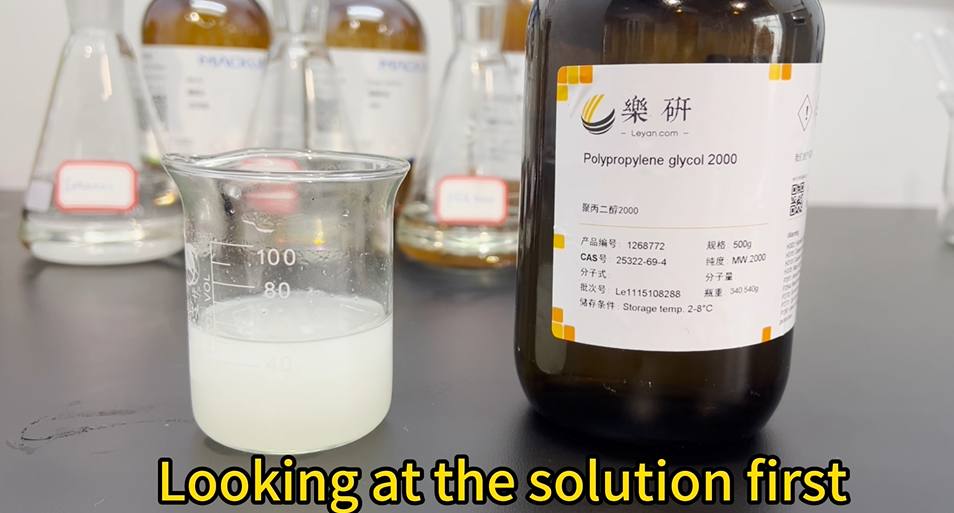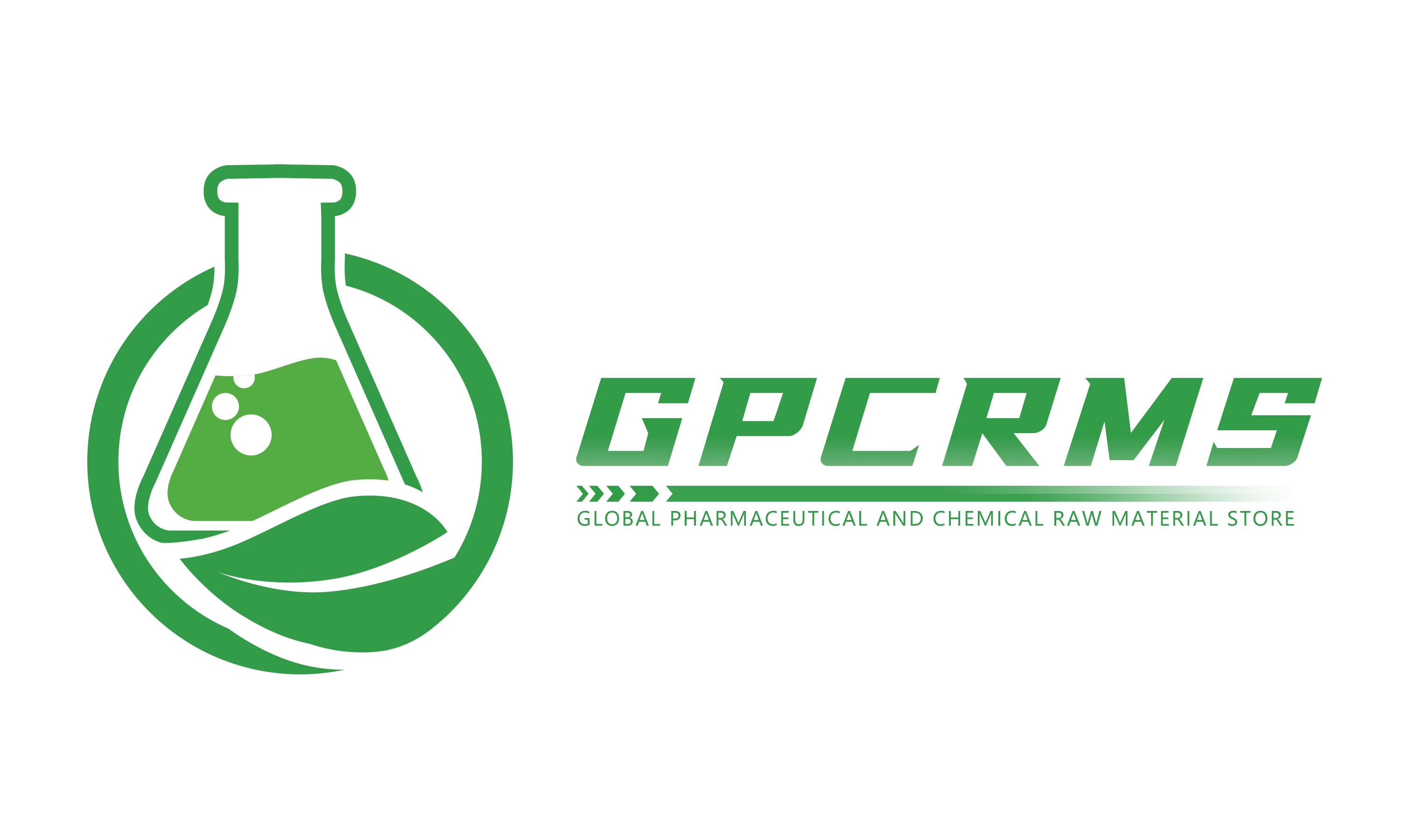Solubility Test of MK-2866 in Polypropylene Glycol (PPG)
In this experiment, Polypropylene Glycol (PPG) was selected as the eighth solvent to be tested. As a commonly used polymer solvent, PPG is widely applied in industrial and cosmetic fields due to its high viscosity and stable chemical properties. However, how effective is it in dissolving MK-2866 (Ostarine)? This test aims to reveal the answer.

Preliminary Test: Addition of 1ml Polypropylene Glycol
We began with a basic test by adding 1ml of PPG to 1g of MK-2866 powder, then letting the mixture sit to observe any dissolution. However, the results were not promising. There were no visible signs of dissolution; the powder remained fully settled at the bottom of the solution. This initial observation suggested that PPG might have limited solubility for MK-2866. To further investigate, we decided to increase the volume of solvent.

Further Test: Increased to 20ml
To observe the effect of a higher solvent ratio, we increased the amount of PPG to 20ml and stirred thoroughly to facilitate mixing. After allowing the mixture to stand for a while, the solution appeared milky and opaque, still showing no signs of dissolution. Based on experimental experience, such turbidity typically indicates that the target compound is not dissolved but remains suspended or present as fine particles in the solvent.

Expanded Test: Increased to 50ml
Despite the unpromising initial results, to ensure the rigor and reliability of our experimental conclusions, we further increased the solvent volume to 50ml and stirred thoroughly. The outcome showed no significant change—the solution remained milky and opaque. The MK-2866 powder was still not fully dissolved, consistent with the 20ml test results. This further confirmed the inadequate solubility of MK-2866 in PPG.

Experimental Results and Analysis
Through the above series of tests, a clear conclusion can be drawn: PPG exhibits poor solubility for MK-2866. Even with up to 50ml of solvent, 1g of MK-2866 could not be fully dissolved. This indicates that PPG is not a suitable solvent option for MK-2866.
Possible Reasons
Molecular Polarity Difference: Although PPG possesses some degree of polarity, it is a highly viscous polymer solvent. Its polarity may be insufficient to effectively disrupt the intermolecular forces of MK-2866, leading to poor solubility.
Solvent Structural Characteristics: The long molecular chains and high viscosity of PPG may limit its ability to fully contact and disperse the target compound.
Experimental Significance and Application Value
Although the solubility performance of PPG did not meet expectations, this test still provides valuable reference data. In practical applications, selecting an appropriate solvent requires a comprehensive consideration of solubility, ease of handling, and safety. The results of this experiment have ruled out PPG as a viable solvent and helped guide the direction for subsequent testing.
